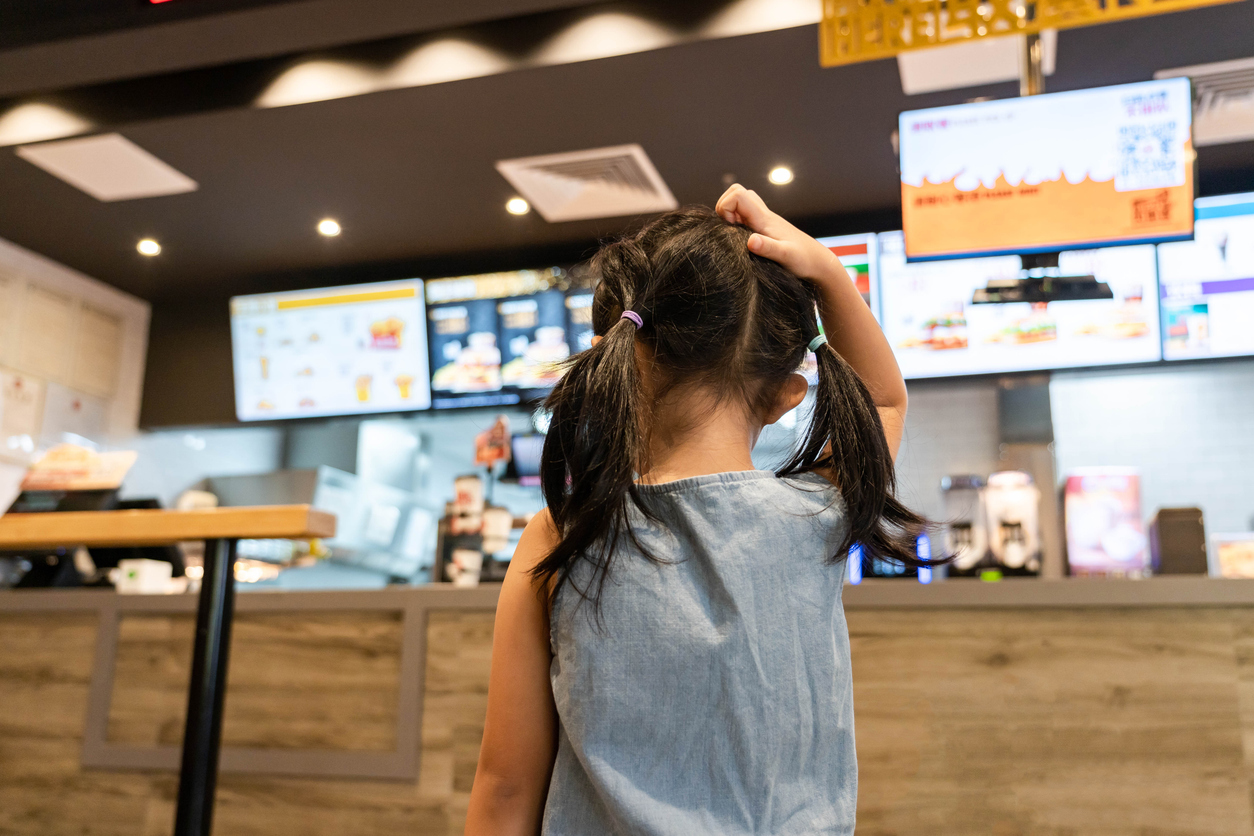Demand forecasting is crucial for operating successful restaurants, as it helps owners anticipate customer needs and manage inventory effectively. With the correct predictions, restaurants can reduce waste, ensure the necessary ingredients are stocked, and increase customer satisfaction. AI demand forecasting software improves this by using advanced models and logic to review data to make informed predictions about future demand.
To see the best results, restaurants need to understand how AI demand forecasting software works and how it can optimize operations.
What Is Demand Forecasting?
Demand forecasting estimates future customer demand for a product or service. It is a process by which predictions are made about how much food and drink will be needed based on historical data of previous consumption and other suitable factors.
Restaurant owners can determine the proper stock level and personnel needed based on past sales trends, seasonal trends, and customer preferences.
For example, a restaurant might notice certain courses sell more in the summer, or certain dishes are in higher demand during local events.
Restaurants can then better manage their resources, reduce food wastage, and improve customer satisfaction by providing the product at the right time with accurate demand forecasting.
Role Of AI In Demand Forecasting
Machine learning and data analytics change the way demand forecasting is done. Traditional methods tend to involve a lot of manual computations and rely heavily on historical sales data, which is time-consuming and less accurate. AI-based strategies process large amounts of data in seconds, identifying trends and patterns that may go unnoticed by humans.
Restaurants will also have AI-generated menus, thereby becoming more efficient in suggesting items people can avail of according to current trends. Restaurants can also use artificial intelligence to bring about change in forecasting, and AI will enable smart decisions and better customer experience.
Benefits Of AI Demand Forecasting In Restaurants
Implementing AI demand forecasting is necessary for restaurants to operate efficiently. It enhances the overall performance and boosts their ability to make smart decisions because of the valid forecasts regarding how efficient and customer satisfaction-related the restaurants will be.
Enhancing Purchasing Accuracy
AI analyzes historical data and trends to forecast demand accurately. It will ensure that the restaurant owner knows what meals are popular and help them make wise purchasing decisions at the right time. The accuracy prevents wastage by not ordering the wrong thing and later wasting it, for it will have gone bad before there's a chance to use it. Popularity also ensures that the most popular foods will always be available, thus giving patrons a better eating experience. It helps the bottom line in an accurate purchase, reduces spoilage, and even allows for cost-effective management.
Streamlining Inventory Management
AI in inventory management systems calculates the exact amount to stock for future use and helps predict at what point the optimal amounts would have to be ordered. Thus, by avoiding stockouts and overstocking situations, more efficient inventory turnover can occur. Restaurants would, therefore, run much more efficiently, save money, and save time with perfect inventory. Simultaneously, streamlined inventory management helps restaurant employees focus more on proper customer service rather than constantly monitoring supply levels.
Improving Staffing Efficiency
Demand forecasting helps optimize staff scheduling based on predicted customer flow. The restaurants can predict busy and thin times by analyzing trends and patterns. This allows them to make proper adjustments to staffing in time, meaning there would be more efficient planning of employees based on customer demand. Such planning will lead to greater labor productivity. Wiser scheduling keeps the right number of employees during peak hours, thereby enhancing customer service. Employees also enjoy a more supportive work environment and balanced workloads, which promote greater employee engagement, thus raising morale generally.
Reducing Food Costs
Better demand forecasting reduces food waste and spoilage by coordinating purchases with real needs. A restaurant can lessen idle inventory by only buying what is required based on strict forecasts. This saves the restaurant a lot of money in terms of expenses due to lesser waste and, hence, lower costs. Better management of food expenses can help eateries become more financially stable. It would, therefore, help enhance the general dining experience and business line, as owners will be compelled to invest in better ingredients.
Maximizing Profit Margins
By knowing the trend, a restaurant may perfect its offers and vary the price according to the season and the client's preference. Clients are satisfied and loyal since this strategy appreciates them having the dishes prepared at the desired prices. This signifies that the increase in profit margins will rely on the correct forecasting of demand, which will help eateries operate smoothly and stay on top of their competitors.
How AI Demand Forecasting Software Works
AI demand forecasting software uses advanced algorithms and data analysis to predict customer demand and optimize restaurant operations. Here’s how it works:
- Data Collection: The software gathers data from multiple sources, including POS systems, customer trends, past sales, and etc.
- Data Processing & Analysis: It analyzes this data to identify patterns and trends, such as peak dining hours, popular menu items, and seasonal demand fluctuations.
- Predictive Modeling: AI models use historical data to predict future demand, helping restaurants anticipate busy periods or slow days with high accuracy.
- Inventory Optimization: Based on demand forecasts, the system suggests how much stock to order, reducing food waste and avoiding shortages.
- Labor Planning: The software provides staffing recommendations, ensuring you have the right number of employees scheduled during peak hours and saving costs during quieter times.
- Real-Time Adjustments: As new data flows in, AI continuously updates its forecasts, allowing restaurants to make real-time changes to inventory and staffing.
Implementing AI Forecasting In Restaurants
AI forecasting can make running a restaurant easier and more efficient. It uses technology to predict customer demand so you can better prepare for busy times, reduce waste, and optimize staff schedules. Here’s how you can implement AI forecasting in your restaurant:
Choose The Right Software
Start by selecting AI forecasting software that works seamlessly with your restaurant’s existing systems, such as your Point of Sale (POS) or inventory management system. The ideal tool should be easy to use and offer valuable features like tracking sales trends, predicting inventory needs, and scheduling staff. It’s also crucial to choose a software provider that offers reliable customer support and customization options, so you can tailor the system to fit your specific needs.
Set Clear Goals
Before diving in, clarify what you want the AI forecasting tool to accomplish. Are you trying to reduce food waste by ordering just the right amount of ingredients? Do you want to improve scheduling so your restaurant is adequately staffed during peak hours? Or is your goal to understand customer preferences better and enhance their dining experience? Having specific goals will help you measure the tool’s success and guide how you use its features.
Train Your Team
Introducing new technology can be challenging, so it’s important to ensure your team is comfortable with the AI system. Provide training sessions to explain how the forecasts work and how they can help with tasks like food preparation, inventory management, and shift planning. When your team understands the benefits and how to use the system effectively, they’ll feel more confident and be more likely to embrace the changes.
Start Small
Implement the AI system in one area of your restaurant operations to test its effectiveness. For example, use it to predict sales for your best-selling dishes or to plan staffing for weekend shifts. By starting small, you can familiarize yourself with the system, assess its accuracy, and understand how it integrates into your workflow. Once you see the positive results, you can gradually apply it to other aspects of your business.
Monitor And Adjust
AI forecasting systems learn and improve over time, but they still require regular oversight. Continuously review the forecasts and compare them to actual results to ensure accuracy. If you notice discrepancies, adjust your settings or provide the system with more data to improve its predictions. This ongoing monitoring helps you fine-tune your operations and ensures you’re maximizing the benefits of the technology.
Challenges In AI Demand Forecasting
When AI demand forecasting offers significant advantages, it’s not without its challenges. Businesses need to address these hurdles to maximize the benefits of this technology.
Data Quality And Accuracy
AI systems rely heavily on data, and the quality of data directly impacts the accuracy of forecasts. Inconsistent or incomplete data—such as missing sales figures, outdated inventory levels, or untracked seasonal patterns—can lead to flawed predictions. Restaurants must prioritize clean and well-organized data collection processes, ensuring that all relevant information is captured and updated regularly.
Resistance To Change
Implementing AI forecasting can disrupt traditional ways of doing business, and not everyone may welcome the change. Employees might feel uncertain about new technology or worry it could replace their roles. To overcome this resistance, restaurants should focus on clear communication, highlighting the tool’s benefits, such as reducing workloads and improving decision-making. Offering hands-on training and addressing team concerns can ease the transition.
Cost Considerations
AI demand forecasting tools can involve a significant upfront investment, especially for small and mid-sized restaurants. Costs include purchasing the software, integrating it with existing systems, and providing employee training. While the long-term savings and efficiency gains often outweigh the initial expense, businesses need to carefully evaluate their budgets and choose scalable solutions that align with their financial capacity.
Unlocking Your Digital Potential with Checkmate’s AI Solutions
Restaurants using Checkmate have access to a host of powerful solutions, including voice AI that helps streamline the phone and drive-thru ordering processes. Our platform provides you with everything you need to drive revenue, attract customers, and elevate the digital ordering experience. Get a custom demo and see how we can help you accelerate your digital growth.





